Fascinating World of Underwater Archaeology: Underwater archaeology, a specialized branch of archaeology, focuses on the exploration and preservation of submerged cultural heritage. This fascinating field uncovers human history hidden beneath the water, including shipwrecks, sunken cities, ancient ports, and lost civilizations. These submerged sites hold invaluable clues about the past, providing insights into the maritime history of ancient civilizations, their trade routes, naval battles, and daily life.
With advances in diving technology, sonar mapping, and remotely operated vehicles (ROVs), underwater archaeologists are now able to explore deeper and more challenging environments than ever before. This article explores the fascinating world of underwater archaeology, highlighting its importance, challenges, and key discoveries.
Importance of the Fascinating World of Underwater Archaeology

Much of human history has been shaped by seas and rivers. Coastal areas have always been hubs of activity, from ancient maritime trade routes to wars fought at sea. Over the centuries, natural disasters, shipwrecks, and changes in sea level have submerged many of these historic sites, preserving them in a way that would be impossible on land.
Underwater archeology allows us to discover artifacts, shipwrecks, and other submerged remains that might otherwise be lost. These discoveries provide a wealth of information about the technology, culture, and economy of ancient societies. The findings also contribute to our understanding of human adaptation to marine environments, climate change, and the rise and fall of coastal civilizations.
Challenges of Underwater Archaeology
While underwater archeology opens up a wealth of historical information, it also presents unique challenges. Conducting research in an underwater environment is quite different from land-based excavation due to the complexity of working below the surface.
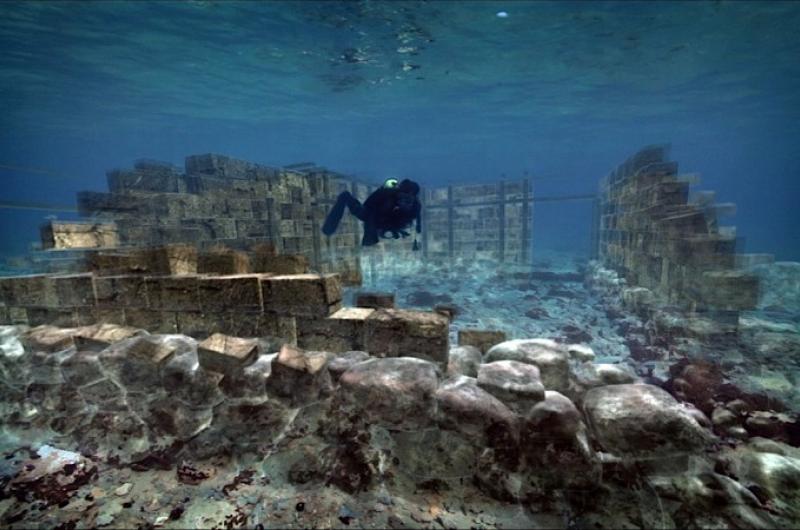
- Diving and Equipment: Diving in open water, often to significant depths, requires special training and equipment. Archaeologists use SCUBA gear, submarines, or ROVs, depending on the depth and conditions of the site. Diving at great depths also comes with the risk of decompression sickness and limited time for exploration. Equipment such as waterproof cameras, underwater drones, and sonar mapping devices are critical to capturing and analyzing submerged sites.
- Environmental Hazards: Harsh weather, strong water currents, and poor visibility can disrupt excavation efforts. Additionally, the delicate nature of marine life and some underwater ecosystems requires archaeologists to be careful about how they interact with the environment.
- Preservation: The preservation of underwater artifacts is another major challenge. Once objects are removed from their underwater environment, they can deteriorate rapidly if not stored properly. Artifacts such as wood, metal, and ceramics may require extensive treatment to prevent degradation. Saltwater environments often accelerate the decay of materials, making preservation an important aspect of underwater archaeology.
- Legal and Ethical Issues: Ownership of underwater archaeological sites can also be a contentious issue. Many shipwrecks and sunken cities lie in international waters or are claimed by multiple countries, raising questions about who has the right to excavate and preserve these sites. Additionally, the protection of underwater cultural heritage from treasure hunters and looters is a growing concern, as many submerged sites are vulnerable to exploitation.
Significant discoveries in underwater archaeology
Over the years, underwater archeology has led to the discovery of some of the world’s most iconic and historically significant sites. Here are some key findings:
- Titanic (North Atlantic Ocean): Perhaps the most famous underwater archaeological discovery, the wreck of the RMS Titanic sank in 1985 at a depth of 12,500 feet in the North Atlantic Ocean. Since its discovery, numerous expeditions have studied the site, documenting shipwrecks and thousands of artifacts scattered across the seabed. The wreck of the Titanic provides an insight into early 20th-century shipbuilding, luxury travel, and the tragedy of its sinking.
- Antikythera Shipvanga (Greece): Discovered by sponge divers in 1900, the Antikythera shipwreck off the coast of Greece is one of the most important underwater archaeological sites. The ruins date back to around 60 BC and contain a vast array of ancient Greek artifacts, including bronze statues, pottery, and jewelry. The most famous discovery from the site is the Antikythera Mechanism, an ancient analog computer used to predict astronomical positions and eclipses, showing the Greeks’ advanced technological understanding.
- Port Royal (Jamaica): Once known as the “wickedest city on earth,” Port Royal was a thriving center of piracy and trade in the Caribbean in the 17th century. In 1692, an earthquake caused much of the city to sink into the sea. Today, Port Royal is a major underwater archaeological site, with artifacts that provide insight into colonial life, trade, and piracy in the Caribbean. Excavations have uncovered everything from sunken buildings to everyday objects like clay pipes and coins.
- Uluburun Shipvanga (Türkiye): The Uluburun shipwreck, dating to the late Bronze Age (about 1300 BC), was discovered off the coast of Turkey in 1982. It is one of the oldest and best-preserved shipwrecks ever found. The ship carried a large amount of cargo, including copper ingots, ivory, gold jewelry, and glass beads, suggesting that it was involved in long-distance trade. The discovery provided important information about Bronze Age trade networks across the Mediterranean.
- Dwarka (India): Off the coast of Gujarat, India, the underwater ruins of the ancient city of Dwarka, believed to be linked to the mythical city from Hindu scriptures, have been discovered. The ruins include stone structures, walls, and artifacts dating back thousands of years, giving a glimpse of India’s ancient civilization. The discovery has sparked debate about the historicity of ancient Indian texts and the possible existence of sunken cities across the region.
The Future of Underwater Archaeology
Advances in technology are making underwater archeology more accessible and precise. Remotely operated vehicles (ROVs) and autonomous underwater vehicles (AUVs) allow archaeologists to explore deep-sea environments without putting divers at risk. Sonar mapping and 3D imaging technologies enable researchers to create highly detailed maps of submerged sites, leading to more accurate documentation and analysis.
As the field of underwater archeology continues to grow, so does the emphasis on preserving underwater cultural heritage. International efforts, such as the UNESCO Convention on the Protection of the Underwater Cultural Heritage, aim to protect these precious sites for future generations.
Underwater archeology opens a window into a hidden world, providing fascinating insights into human history, maritime culture, and the mysteries of the deep. Despite its challenges, discoveries made through underwater archeology continue to fascinate the world, enriching our understanding of ancient civilizations and how they interacted with the sea. As technology continues to advance, this exciting field will no doubt uncover more hidden treasures, leading to deeper revelations about our past.
Read Also: Archaeological Discoveries and Excavations
![]()

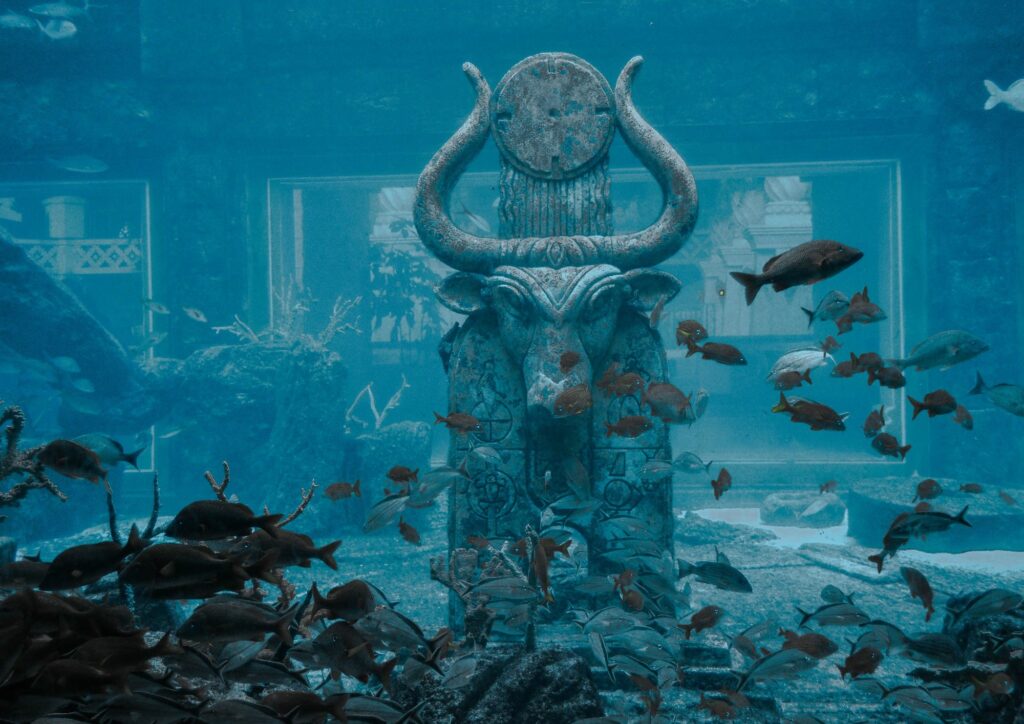

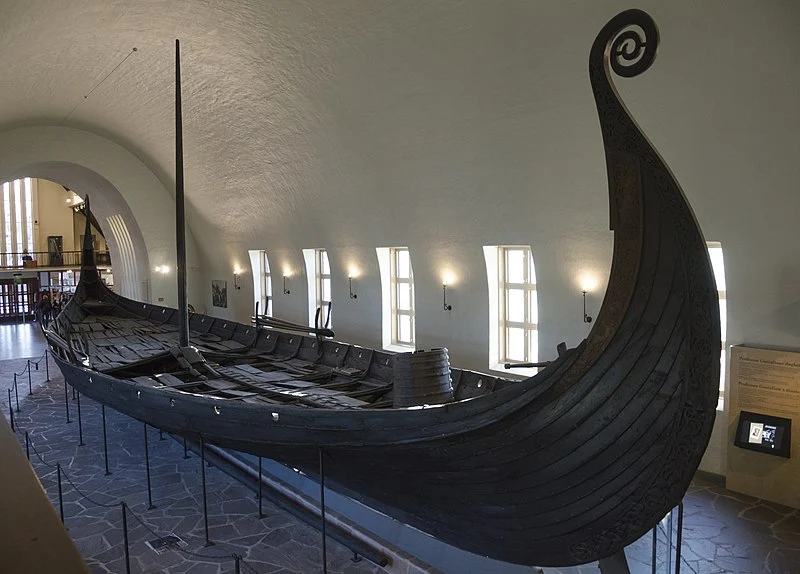
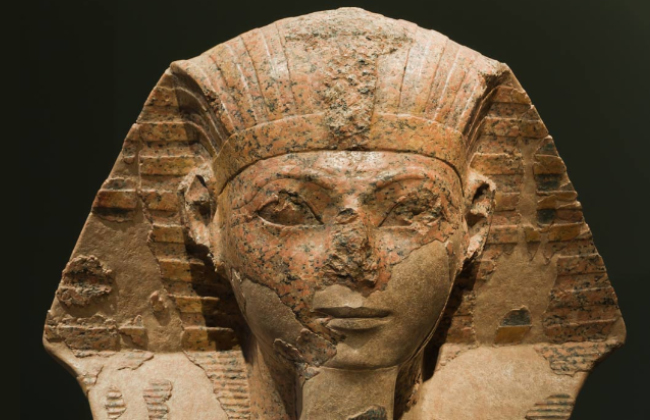
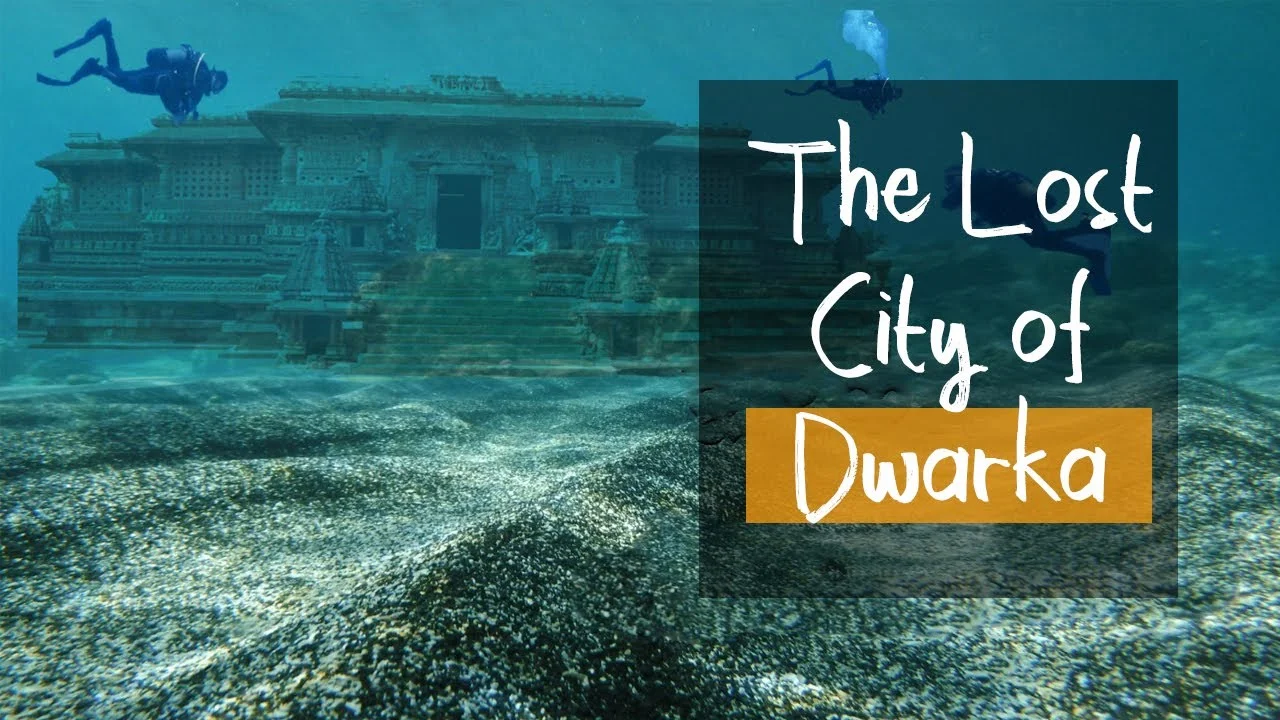
2 thoughts on “The Fascinating World of Underwater Archaeology”